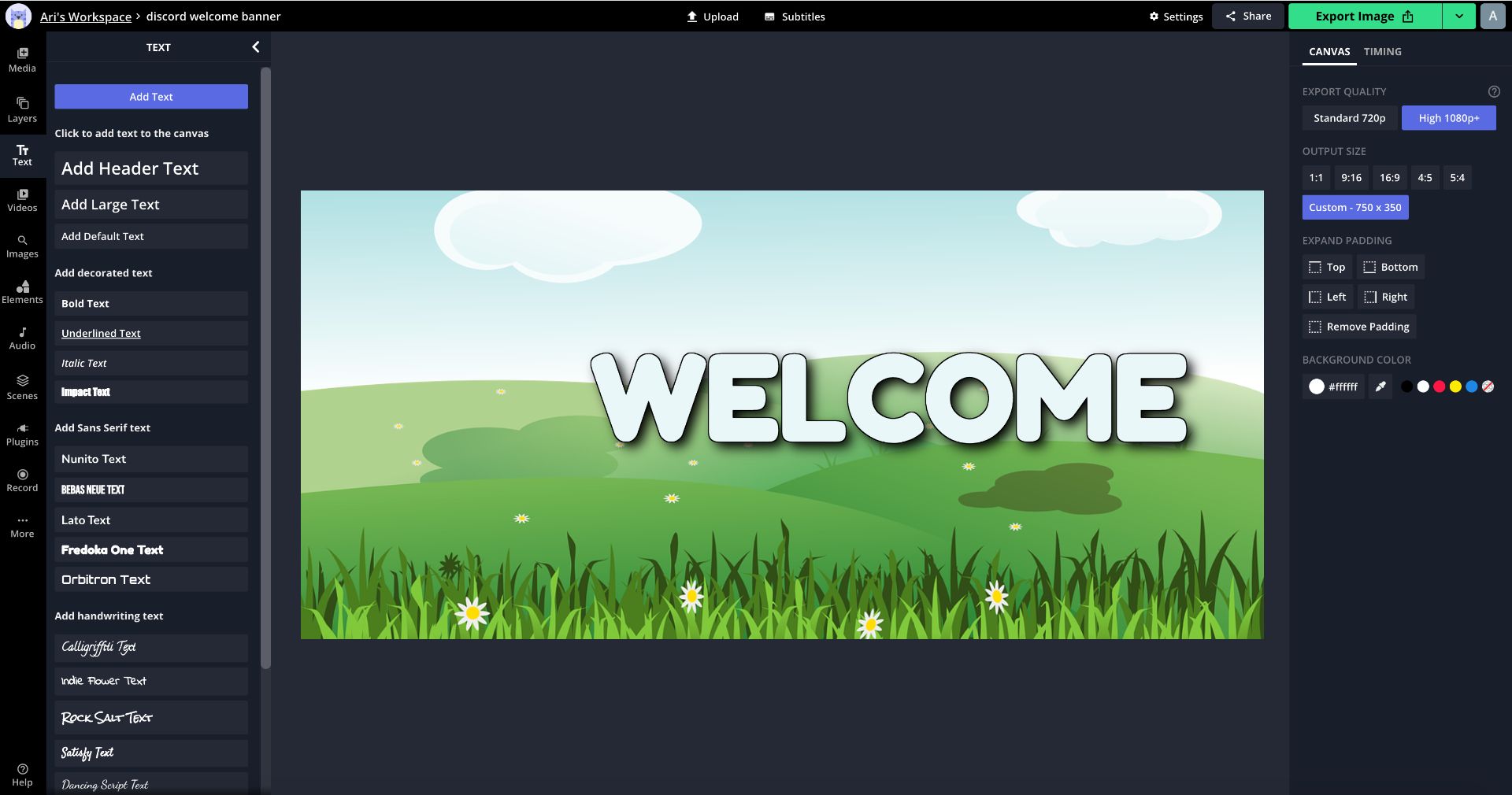

AI agents automate tasks and improve decisions through solutions that adapt and learn. When AI agents combine with Retrieval-Augmented Generation (RAG), they merge powerful language models with real-world data. This integration enables AI to tap into external information, making every interaction precise and relevant.
Retrieval Component: The retrieval system finds and pulls relevant data from external sources. It uses embedding models and vector databases to expand the AI's knowledge base.
Generative Component: Large language models process the retrieved data to create responses. This combines creative thinking with factual accuracy.
Enhanced Knowledge: External knowledge bases reduce errors and lead to reliable, well-informed outputs.
AI agents with RAG help businesses build smarter systems that handle complex questions and learn from diverse data sources. This technology drives better business results.
AI agents are changing how RAG systems work. They make decisions, execute tasks, and interact in real-time. These abilities give RAG systems a boost, allowing them to handle more complex tasks and interactions.
AI agents can perform multi-step retrieval. Instead of just pulling information once, they gather data in stages. This means they can refine their searches and get better results. It’s like having a conversation where each question builds on the last. This capability makes AI agents a valuable addition to RAG systems.
What sets AI agents apart is their ability to interact dynamically. They don’t just spit out facts; they engage and adapt. This is crucial in scenarios where context changes or when more than a simple response is needed. They can adjust their actions based on new data or user feedback.
AI agents improve RAG systems by adding depth and flexibility. They make the systems smarter and more responsive, ensuring interactions are both relevant and efficient. For those interested in understanding the legal framework surrounding the use of AI agents, the Terms of Service for Mee.fun provide detailed insights into user responsibilities and the inherent risks involved.
Agentic RAG systems bring a structured approach to AI by combining single-agent and multi-agent configurations. In single-agent setups, one AI agent handles tasks, making decisions and interacting with data. Multi-agent setups involve several agents working together, enhancing capabilities and efficiency. This architecture allows for complex problem-solving and dynamic interactions.
The ReAct framework plays a vital role in these systems. It supports real-time decisions and task execution. ReAct enables AI agents to reason and act, bridging the gap between understanding language and executing tasks. This framework ensures AI agents are adaptable and responsive in varied scenarios.
Agentic RAG systems find applications across diverse fields. They streamline operations and enhance decision-making in several areas:
These systems are powerful tools that facilitate smarter business operations and improved outcomes across industries. For a comprehensive platform that emphasizes management, growth, and analysis, Mee.fun offers tools to coordinate and reward teams, fostering a productive company culture.

AI agents with RAG systems boost business performance. By connecting AI models to real data, these systems make better decisions and automate tasks. AI agents strengthen RAG systems to handle complex work and interactions.
AI agents process data while engaging and adapting in real-time. This makes them perfect for tasks that need quick understanding and responses. They make searches more precise through step-by-step retrieval.
The Agentic RAG framework uses both single and multiple agents to solve problems and enable fluid interactions. This works across many fields, from healthcare to finance. AI agents help businesses work faster and make smarter choices.
Enhanced Interaction: AI agents talk with users in real-time and adapt to new information.
Complete Task Execution: They finish tasks on their own without constant monitoring.
Improved Decision-Making: They analyze situations and pick the best actions to boost results.
Dynamic Context Adaptation: AI agents update their responses based on new data and feedback.
Expanded Applications: They work in many industries to improve processes and results.
AI agents with RAG systems help businesses work better. Through smart interaction and flexibility, they solve the common problems of basic RAG systems.





